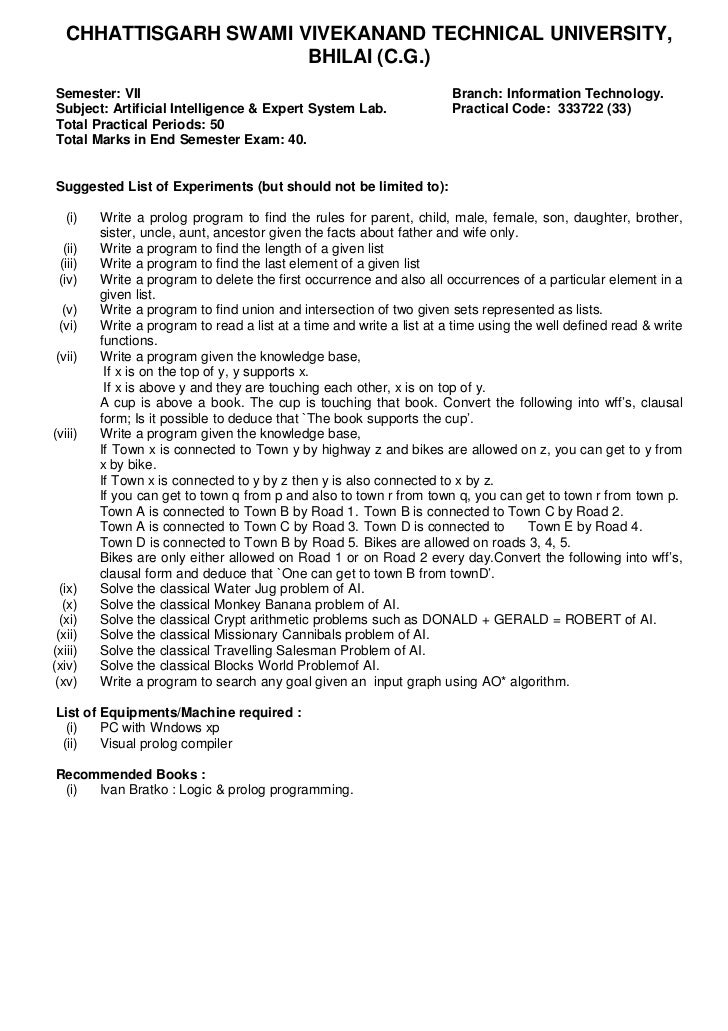In its widely talked about State of Marketing Report, Salesforce that just over half (51%) of marketers are using AI in one form or another, while another quarter plan to test it over the next two years. A smaller study of over 500 search, content, and digital marketers by BrightEdge that just 4% have implemented AI (that’s not a typo).
Nov 25, 1996 - Library of Congress Cataloging-in-Publication Data. Negnevitsky, Michael. Artificial intelligence: a guide to intelligent systems/Michael. Foundation Of Artificial Intelligence And Expert Systems. Janakiraman, K. You save: ₹255.50.

Salesforce, which reports one in two marketers is using AI, or BrightEdge, which puts the number at one in 25? Matlab r2009a license file. The answer may be “neither.” That’s because many marketers (and business leaders as a whole) are confused about which technologies are genuinely AI-powered and which simply rely on advanced algorithms and analytics. As Luis Perez-Breva, head of MIT’s Innovation Teams Program and research scientist at MIT School of Engineering, explains, “Most of what the retail industry refers to as artificial intelligence isn’t AI.” He says many “confuse analyzing large amounts of data and profiling customers for artificial intelligence. Throwing data at machines doesn’t make machines (or anyone) smarter.” Rather, AI’s promise is what is often called relevance at scale. It’s the ability of machines to crunch massive datasets and data lakes – structured and unstructured data – and optimize decision-making in a way that algorithm-enabled humans cannot achieve. Perhaps most importantly, in an AI-enabled system the machine learns and improves without human input. Rather than ask, “How many marketers are using AI?,” the more apt question may be, “What are you doing with it?” Let’s examine some of the ways companies are using AI-led initiatives to make the most of AI’s promise.
HANDPICKED RELATED CONTENT: • • Using AI for personalization Marketers have long practiced personalization in content marketing, developing over time more sophisticated ways of personalizing the customer journey – whether through marketing automation and or using programmatic advertising to support our content path. The idea is that as we learn more about our customer or prospect and fill in information about that person’s needs, budgets, and interests, we can create unique, personalized experiences that educate and delight the person. Now we are entering the era of hyper-personalization: the ability to personalize not just by, profile, or the trail of breadcrumbs people leave on your site, but by a massive set of user details and signals, analyzed and made actionable by machines. The is the most talked about application of AI-led personalization, but most examples you read about don’t really fit the definition of AI they’re just really good. The examples that seem to cross over – from algorithm-driven personalization to AI-driven personalization – are those in which the AI sifts through data from multiple channels and sources, learning which signals matter in which circumstances and evolving its approach over time.
Archive
- Atollic Crack
- Crack Atelier Scientifiques Allemands
- Arabic Text Script After Effects
- Tinychat Spam Bot
- Torrent Janome Digitizer Pro Dongle Usb
- El Diablo Suelto Partitura Guitarra Pdf Viewer
- Cowboy Bebop German Dubstep Dance
- Nfsu 2 Camera Module
- Descargar Libro La Busqueda De Alfonso Lara Castilla Pdf
- Pinnacle Studio 9 Keygen Torrent
- Eyetv Mac Serial Seeker
- Bosch Wff 1200
- Download Template Kaos Untuk Photoshop For Mac
- Download Game Ultraman Pc